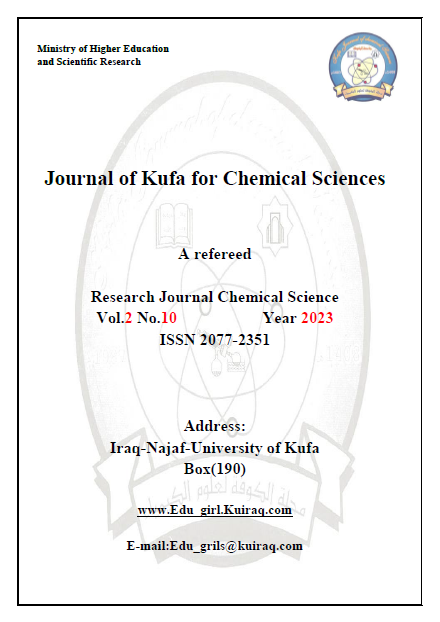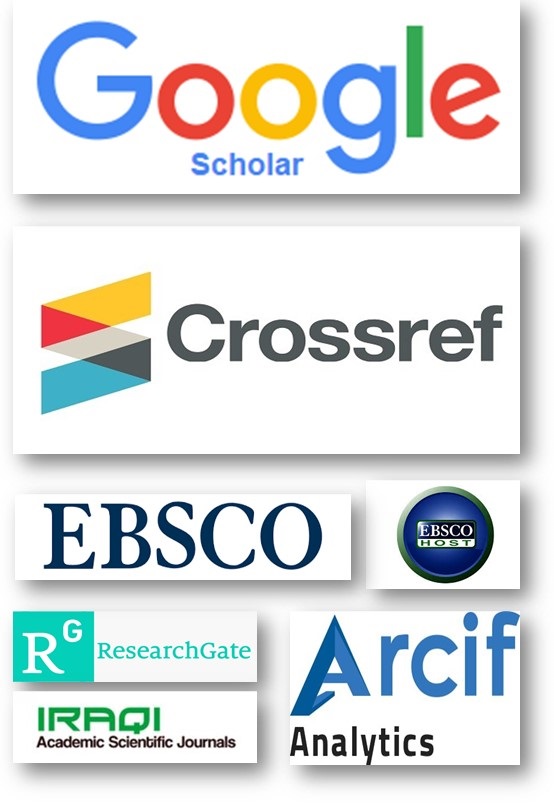Synthesis, characterization of a new series of thiohydantoin derivatives and study their biological activity against prostate cancer and microbes.
DOI:
https://doi.org/10.36329/jkcm/2023/v2.i10.10724Keywords:
Thiohydantoin, antibacterial activityAbstract
Prostate cancer is one of the most common malignant diseases in men, and the design of new chemical compounds against prostate cancer is one of the challenges faced by modern medicine. In this study, we prepared and characterized a new series of thiohydantoin derivatives by reacting maleimide derivatives (1C-4) with cyclohexyl isothiocyanate.The prepared compounds were diagnosed using (FT-IR ,1H-NMR ,13C-NMR ).MTT assay was used to determine the activity of the prepared compounds against prostate cancer cell lines, as the data indicated, based on IC50 values, that the prepared compounds do not have anti-prostate cancer activity. The prepared compounds were also studied against selected types of bacteria and fungi, as the data indicated that some of the prepared series compounds had anti-bacterial and anti-fungal activity under study, as the compound 4C showed a high anti-staph activity.
Downloads
Downloads
Published
How to Cite
Issue
Section
License
Copyright (c) 2023 Journal of Kufa for Chemical Sciences

This work is licensed under a Creative Commons Attribution 4.0 International License.
Open-access Statement
The journal « Journal Of Kufa For Chemical Sciences» provides immediate open access to its content on the principle that making research freely available to the public supports a greater global exchange of knowledge. Full-text access to scientific articles of the journal is presented on the official website in the Archives section.
This is in accordance with the BOAI definition of open access. The licensing policy is compatible with the overwhelming majority of open access and archiving policies.
The journal «Journal Of Kufa For Chemical Sciences» is an open access journal, which means all its content is freely available without charge to the user or his/her institution. Users are allowed to read, download, copy, distribute, print, search, or link to the full texts of the articles, or use them for any other lawful purpose, without asking prior permission from the publisher or the author as long as they cite the source.The journal is licensed by Creative Commons Attribution International( CC Attribution 4.0) .


